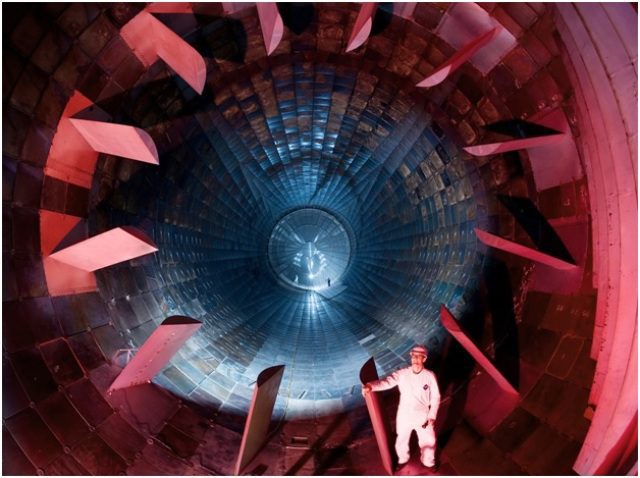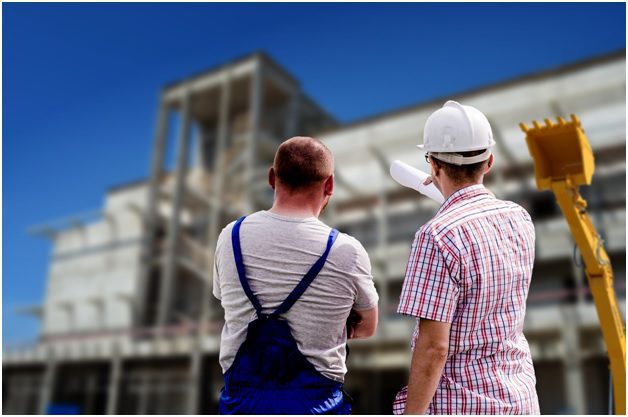
Introduction Level of Repair Analysis, (LORA) Training is used to support analysis. LORA is the process used to determine the need to repair or dispose of service items and at what level of service this should occur.
The course provides guidance and practical implementation of the LORA application, as well as advice on when to conduct the LORA throughout the life cycle of the program — designed for those who perform LORA to support Product Support Analysis (PSA).
Training LORA teaches you the analytical methods used to determine your location (level and/or location) and how to better repair, replace and/or dispose of equipment according to cost and availability requirements.
LORA is used throughout the entire life cycle of equipment, including research and development, system acquisition, operation, support and modification.
Course for Level of Repair Analysis practitioners using OPUS. This course builds on the software knowledge, and LORA principles acquired in LORA 101 and allow users to create LORA models in OPUS.
The course provides a practical application of the LORA application along with instructions for implementing LORA throughout the entire life cycle of the program. It is designed for those who perform LORA to support Product Support Analysis (PSA). Applicable industries include, but are not limited to, aviation, defense, manufacturing, pharmaceuticals, foodstuffs, chemicals, mining, weapons systems, agriculture, alternative energy, electricity distribution and electricity generation.
Target
LORA aims to reduce life cycle costs by improving maintenance, repair and obsolescence planning. LORA helps determine how the system or component is supported, who can, what it does and what it does, under what circumstances and where reforms will be implemented.
LORA helps support and logistics engineers plan ideal repair solutions for step-by-step system levels, clusters and clusters in complex support environments that include multiple levels of service capabilities such as on-site service, central repair, workshop and vendor repair. Store Provider.
LORA considerations include equipment cost for component analysis/repair work, staff qualifications in equipment evaluation and repair, spare parts storage, time and cost of transportation, and operational tools to complete repairs and testing. The LORA process sometimes discovers that repairing a part can cost hundreds of times to replace, given all the repair costs, making repairing the device more expensive than getting rid of it. Andromeda is a company that provides quality LORA training.
LORA is carried out in two stages: Developing non-economic decision-making criteria to support the initial decision.
Evaluate the economic model to determine the most cost-effective alternative to support the system.
The LORA system identifies services, including categories, for maximum economic efficiency.
The service must be implemented at the organizational level or O at the corporate unit level, and to ensure maximum operation, rapid change is a priority.
The MID service requires a backup layer or another external business rule. Repair is more specialized and requires more diagnostic equipment. Spare parts are known as mid-level seats. Maintenance is done in the warehouse or level D in specialized stores or original manufacturers — repair and restoration of equipment at level D.
The LORA system is mainly related to Aina repair and can be multi-level.
The result is a system maintenance program that prioritizes uptime and efficiency at the lowest cost.

What do you study:
- LORA Economic Assessment – The process of determining the most cost-effective service concept for candidate equipment. The analysis of the level of reforms is a means of deciding service levels based on the restrictions obtained in assessing qualifications in the field of economic, non-economic and operational training.
- Make a Level of Repair Analysis Candidate List – Identify Analysis Components
- Level of Repair Analysis’s Non-Economic Assessment – Identify initial considerations that go beyond cost factors
- Risk Definition – Tools for Measuring Future Uncertainty
- Determined by Cost and Productivity
- Sensitivity assessment. Determine the degree of volatility in the estimates of the model parameters.
- Maintenance Planning and its relationship with LORA
- Reliability of technology and its impact on Level of Repair Analysis
- Level of Repair Analysis Resource Allocation and Life Cycle Costs
LORA is a comprehensive introductory course covering the LORA process, its benefits, limitations and optimal implementation. The first course introduces the broad concepts for supportability analysis also defines options for the distribution of services, including sets of levels for maximum economic efficiency. The result is a system maintenance program that prioritizes uptime and efficiency at a minimal cost.
